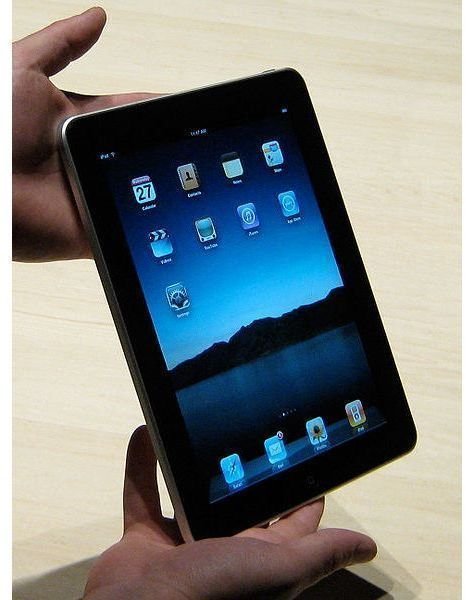Colleges Using iPads to Boost Learning
Colleges Using iPads
Colleges using iPads was supposed to be the name of the game, according to Apple CEO Steve Jobs as he announced the upcoming
Apple iPad product. For many college students, however, the adoption of the iPad in academia has been frustratingly slow. In fact, many people on college campuses have reportedly dubbed the ultra-mobile devices “iPlods” because of how slowly they’re becoming officially integrated into their studies. Here we take a look at two of the growing number of colleges using iPads for higher learning.
Image Credit: Wikimedia Commons/Glenn Fleishman
Duke University
During the early 2000’s, the Duke University approach to the Apple iPod was nearly spontaneous as it issued them to new students loaded with key academic schedules and campus information such as maps and tours. Although instructors at the college seem to appreciate the power of the iPad, the official policy of Duke University appears to be one of slow, methodical adoption as it studies the best ways to make the iPad a standard tool for students.
As the college plods along with its plans for adopting the Apple iPad, the school has instituted a program which loans out iPads to instructors, students, and staff to help them develop a familiarity with the device and to figure out ways it can best support the mission of the institution.
For now the college is using an empirical approach to the iPad which has generated mixed results. Students have been frustrated by the lack of a microphone and camera on the device, a limitation to multimedia interaction that should become a part of the new version of the iPad released this year.
Although some instructors at Duke report successful interactions with the iPad, a spokesman told Fox News that many had initially misunderstood the device, expecting it to be more like a traditional computer than it really is. Still, at least some of the university’s professors seem to be excited about the potential for integrating distributed multimedia as a way to diverge from text-based instruction.
Although Steve Jobs seemed to suggest that the Apple iPad would help replace textbooks, Duke University hasn’t made the use of electronic texts a primary objective.
Stanford University School of Medicine
Having embraced the Apple iPad for use by all of its students, the Stanford University School of Medicine appears to be one of the most aggressive adopters of the device in higher learning. All new students into the school’s program have been issued an iPad as a learning tool, and the new reliance of the school on electronic textbooks seems to have literally lightened the load that students are expected to carry on a daily basis.
Although Stanford appears ready to take the plunge to a fully digital curriculum, and students at the medical school appreciate the way the iPad reduces the load of papers and books, many seem to be unimpressed by the capabilities of the iPad as a tool for creating reports and completing assignments.
Perhaps the low number of colleges using iPads as an official part of the education process is due to the device’s inability to serve as a replacement for traditional PC.
Summary
Although the New York Times reports a widespread adoption of the Apple iPad in the halls of elementary schools and high schools around the country, the number of colleges using iPads appears to be relatively small. Although many colleges are aware of the availability of the device, officials seem to be unclear concerning the official role the tablets should fill within their institutions.
Over time as new generations of iPads are released and as teachers, administrators, and students become more familiar with the Apple iPad as a learning tool, expect to see more colleges using iPads to emerge, facilitating and enhancing the academic experience.
